A WORLD-WIDE TRAVEL NEWS ARTICLE ABOUT RUSSIA

ST.PETERSBURG
ST.PETERSBURG
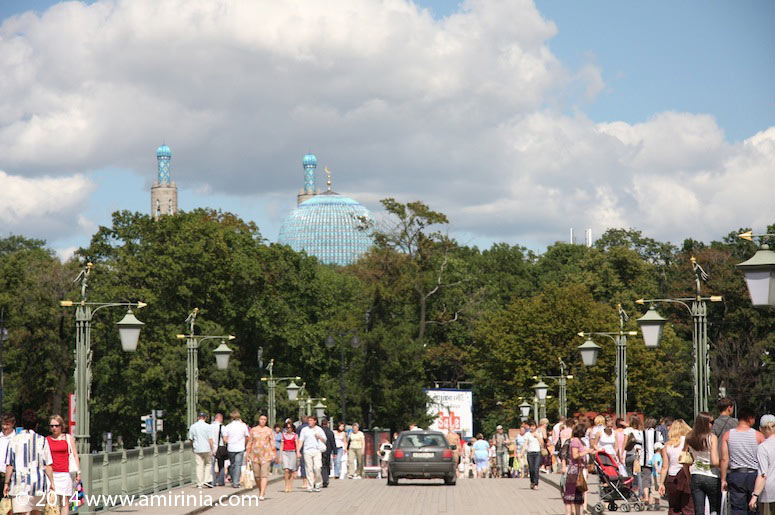
It was a warm, sunny and pleasant day in July when I arrived in Saint Petersburg. I had visited Moscow a few times before but I did not know what to expect in this city, the old capital of Russia. During the communist era, Russia was perceived as being an isolated country that was dark and grey, unpopular in world opinion. The collapse of Soviet Union and its communist system changed the political map of the area and turned around the lives of the people in the various countries affected. As a result, world opinion of Russia improved considerably and its image changed immeasurably. Culture, religion and politics truly colour the image of a nation and country. I travelled to St. Petersburg to explore and experience the changes for myself.
On my way from the airport to the city, we passed a jungle of boxy concrete buildings that looked rough and gloomy, real eyesores. However, my first impression of the city centre was different from what I imagined. The stone built buildings carved with magnificent architectural designs coloured in white reflected the city’s rich heritage and style. The city looked brighter and livelier than Moscow with hinted of a more European sentiment.

Saint Isaac's Cathedral
It was the weekend and streets were full of people who were dressed as fashionably as those in other European cities. St. Petersburg people look more relaxed, less cautious; not so vigilant; less security-conscious than Muscovites. Whilst I strolled along St. Petersburg’s pavements, I saw happy faces smiling back at me gently. I had read accounts that during the communist era there were hardly any foreign made cars to be seen in the streets. If people saw a western car, they formed crowds around it. Now there are many imported cars in St. Petersburg, as well as, American and Japanese factories in Russia. In communist times people often wanted to buy jeans and coats from tourists.
Today there are many boutiques and large, well-stocked shopping centres.
As I was walking along the banks of Neva River, I noticed several people gathered around a woman robed in a beautiful white designer wedding dress and a well-dressed groom taking photos of them. People were cheering and clapping. I continued along and saw more newly wedded couples. Some in large groups; some with a few friends; some alone. It was just like I had previously seen in Moscow. The parks, particularly on weekends, are painted in white with white wedding dresses and became a large open wedding ceremony with all the participants dressed as fashionably as those in other European cities.
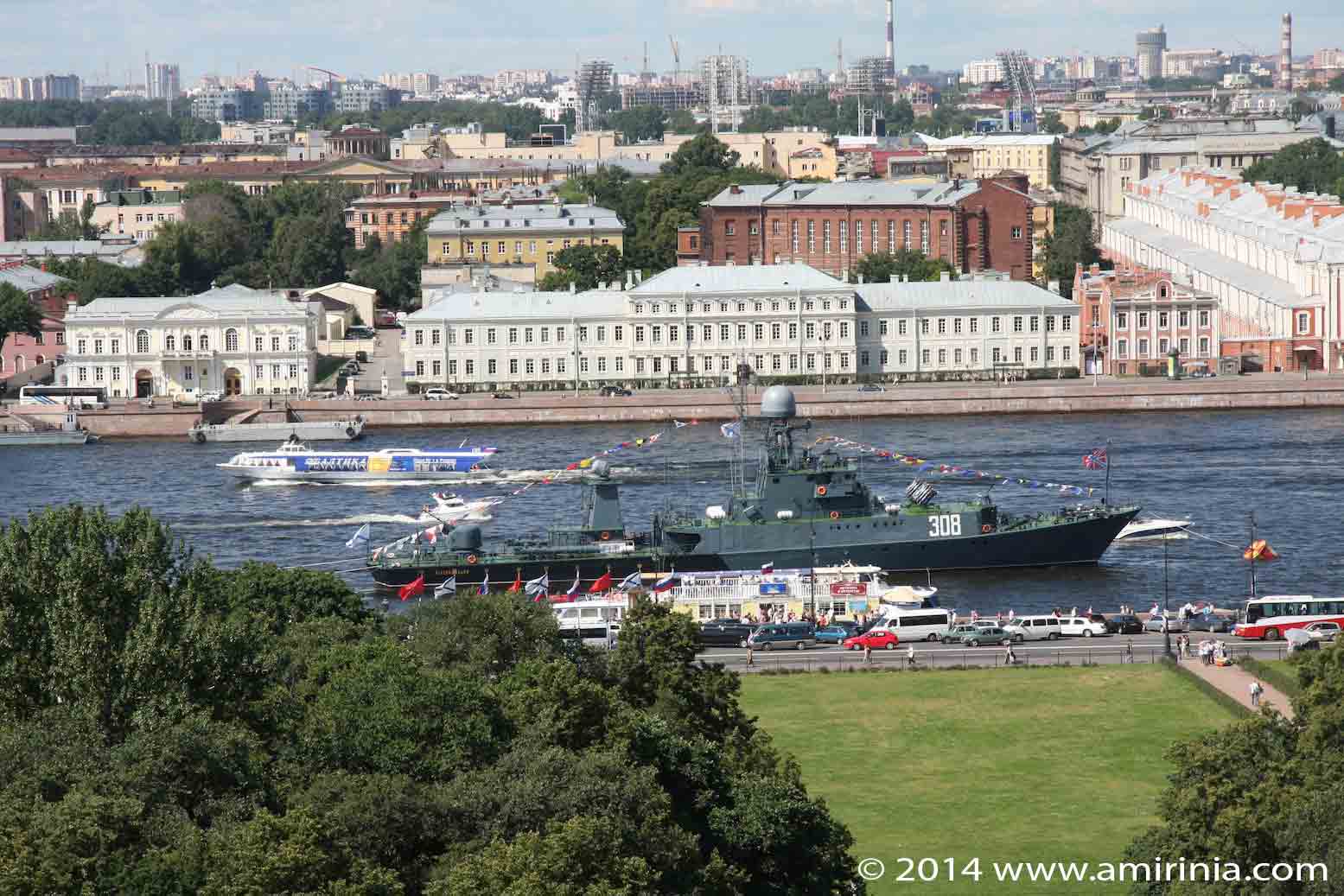
I crossed the Palace Bridge to watch a display of the navy ships that were anchored nearby. I became aware that many different types of locks, bolts and padlocks covered the bridge railings. I smiled and recalled the first time I saw the same things in Moscow; when it engaged my mind for a very long time. I was initially under the impression that the locks were placed there as prayers and good luck charms, as people do in holy shrines. The thought seemed unusual but persisted until I researched it and grasped that it is a tradition enacted by newly married couples who place a lock on the bridge and throw the key into the river, as a sign, they intend to keep their marriage bond forever. It is a different kind of prayer, more like a wish.

Church of the Savior on Spilled Blood
I continued my journey through the city and discovered a network of canals and waterways with many small arched bridges, which resemble Venetian lagoons and beautiful bays. Its embankments were similar to those in London and resonant of the Left and Right banks in Paris. As I walked around, I got a sense that this city was planned differently as a window to resonance and mirror the glamorous capitals of Europe.

Peter and Paul Fortress
I crossed the river again to reach the Peter and Paul Fortress to explore this stronghold with fortified walls to defend the city. It is the birthplace of the city and the first structure which was built in St. Petersburg. The site was never used for what it was intended. Instead, in its short history, it has been used as a military base, government offices, the site of scientific experiments and an isolated and gloomy prison. The centrepiece of fortress and one of the most prominent buildings and landmarks in St. Petersburg is Peter and Paul Cathedral.
I ended my tour and left through the large wooden gates of the fortress with a triumphal arch decorated with a depiction of the imperial coat of arms. I headed towards a small bridge over a canal and a heavily populated beach. Then I caught sight of the blue dome rising majestically above leafy trees in the distance. When I got nearer and saw two high-rise minarets erected close together, I was surprised to see the façade of a Mosque decorated by oriental adornments and blue mosaics. The walls were grey granite, the ceramics covering minarets and dome a beautiful blue. The frontages of the building were delicately decorated with calligraphy using Quranic verses.
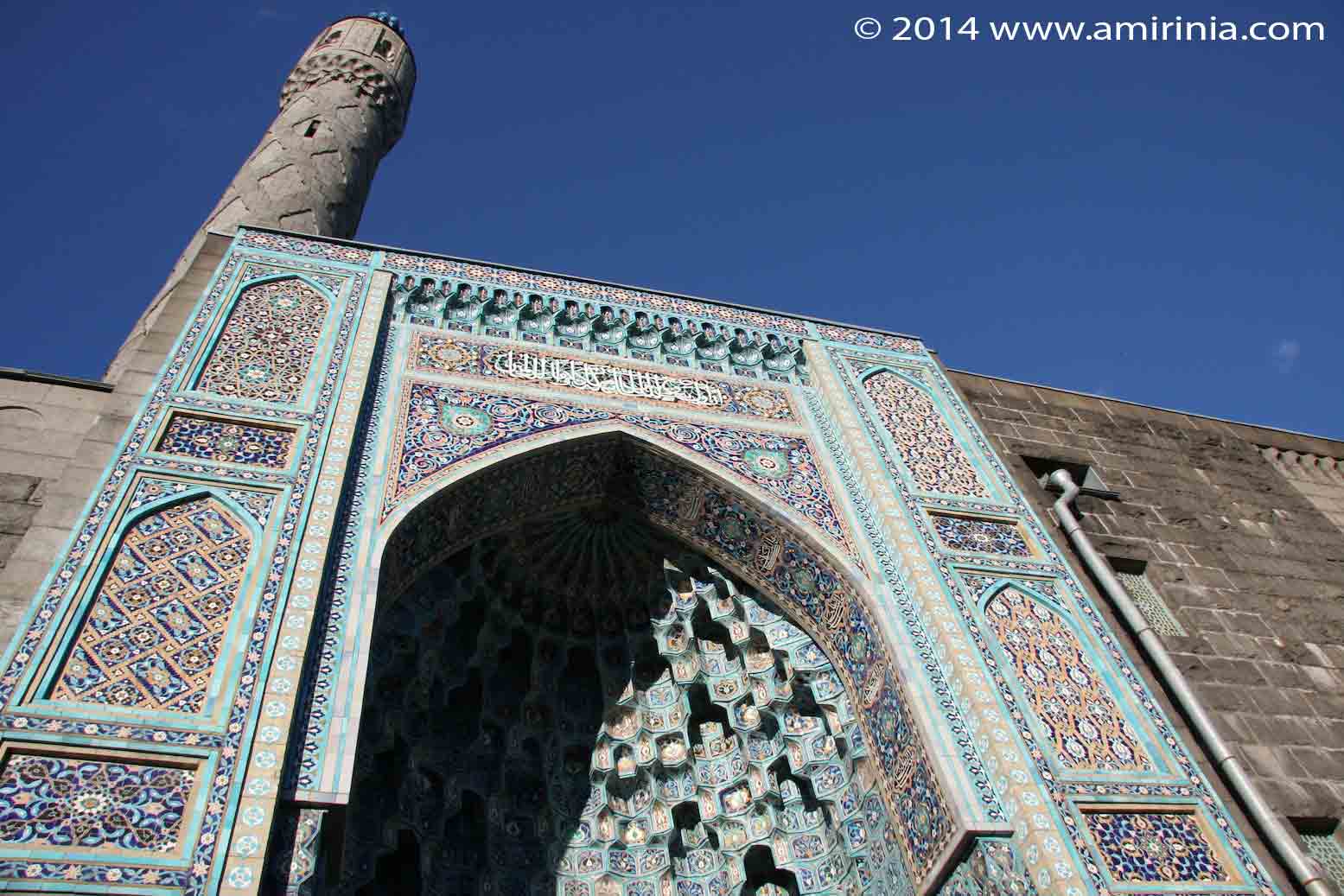
Many mosques and churches were demolished during the communist regime. However, the Saint Petersburg mosque, which was built in 1920, has survived. It is a large place of worship, which can accommodate over five thousand worshipers. Before I entered the Mosque, I saw a man standing by the fence holding it firmly, moving his head murmuring quietly as if he was praying. I could not approach him as he was engaged in his own peaceful world. I was astonished to see someone performing his prayers. It is unlike a Muslim to pray standing outside the gates of a Mosque.
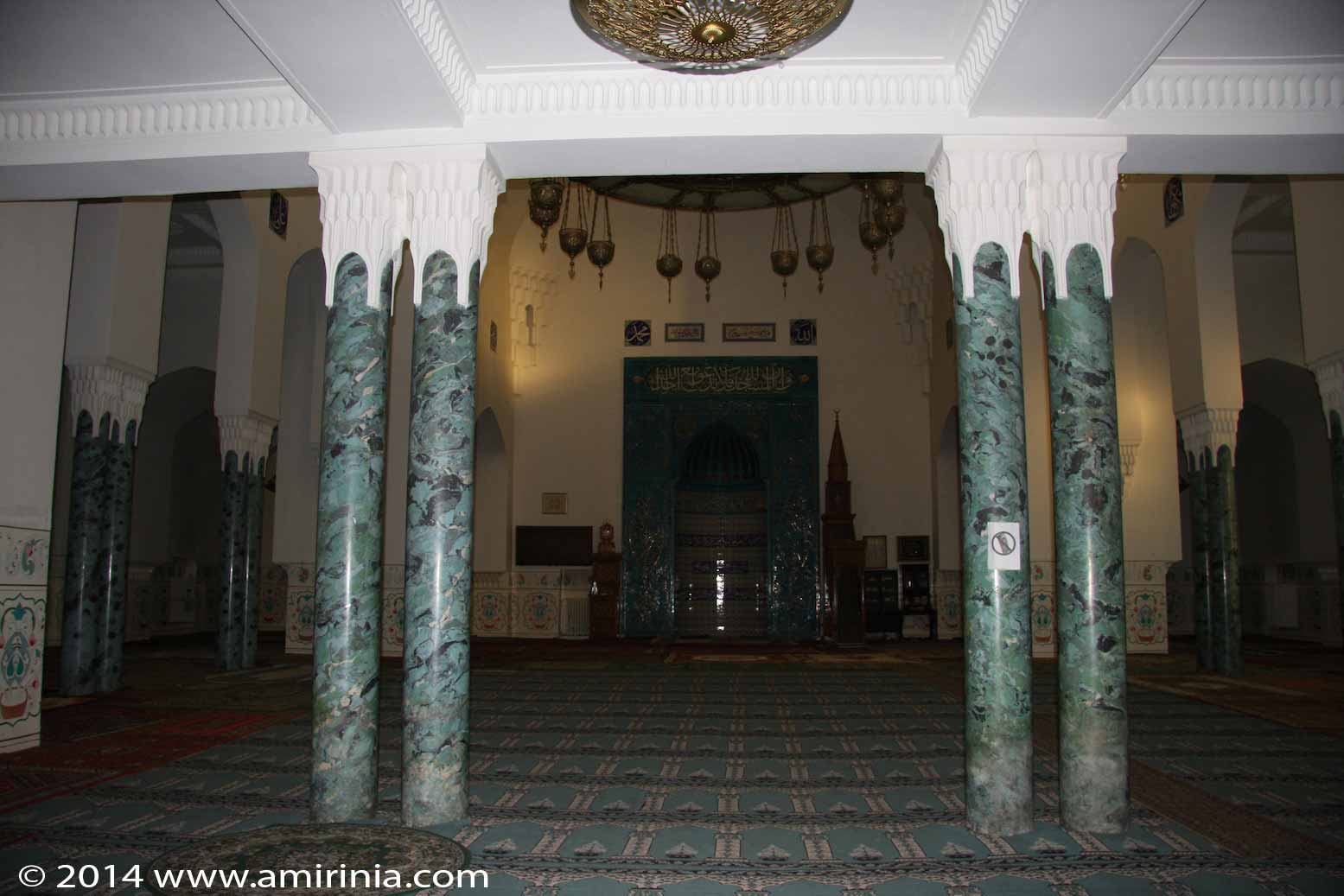
The Mosque’s caretaker, a limping old man with a luminous white beard wearing sober waistcoat and black hat welcomed me to the Mosque. He told me in unspoken sign language that this place belonged to everyone, to people of every sect. It was as much a shrine for Christians and Jews as Muslims and others who seek refuge to get answers to their prayers. Even if his comments might be a bit of exaggeration, it is not unusual in a multi faith society to see a tendency towards a place of worship. I found out later that the whole community – St. Petersburg people of diverse religions, contributed to the restoration of the Mosque, another great treasure of this wonderful city.
The caretaker escorted me inside the high ceilinged Mosque standing with its green marble columns. Several chandeliers were lighting the prayer hall, which was strewn with many handmade rugs and carpets. The mosque sanctuary, where the Imam leads the prayer, is another outstanding architectural feature combining sky-blue mosaics, marble and calligraphy enlivened by miniature paintings. A large wooden pulpit, made of walnut next to the sanctuary, is where Imam delivers his speech from.
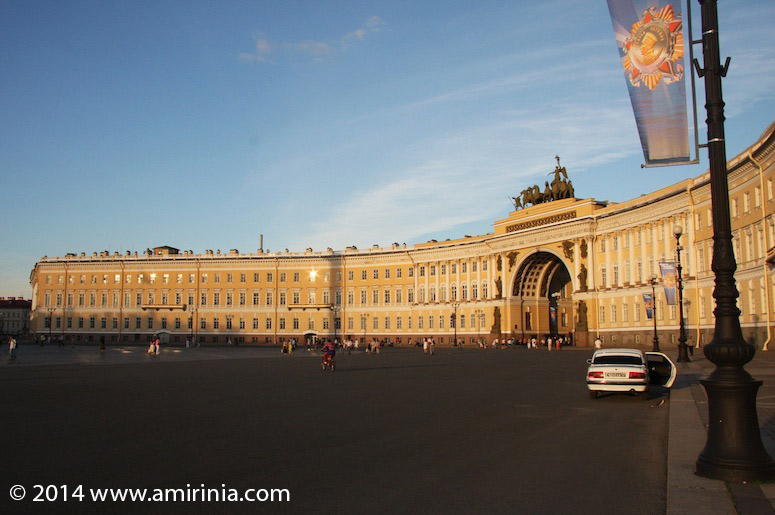
Admiralty building
On the way back to my residence, I reflected on the day’s experiences. I realised that this journey around St. Petersburg, named in honour of its founder, takes travellers through a dream metropolis. Peter the Great had derived his vision through inspiration from other European capitals. His aim had been to recreate Europe’s most significant palaces in Russia. He captured the architectural magnificence of the Palace of Versailles by building the Hermitage. He constructed cathedrals such as St. Isaac with its unique golden dome to replicate St. Paul’s in London and mirror the glory of those in Rome. The streets of Russia’s old capital have the glow of Amsterdam, yet are filled with the sensations of Vienna. Saint Petersburg is an alluring treasure, packed sprightly with pleasure and elegance, perfected by a visionary King.
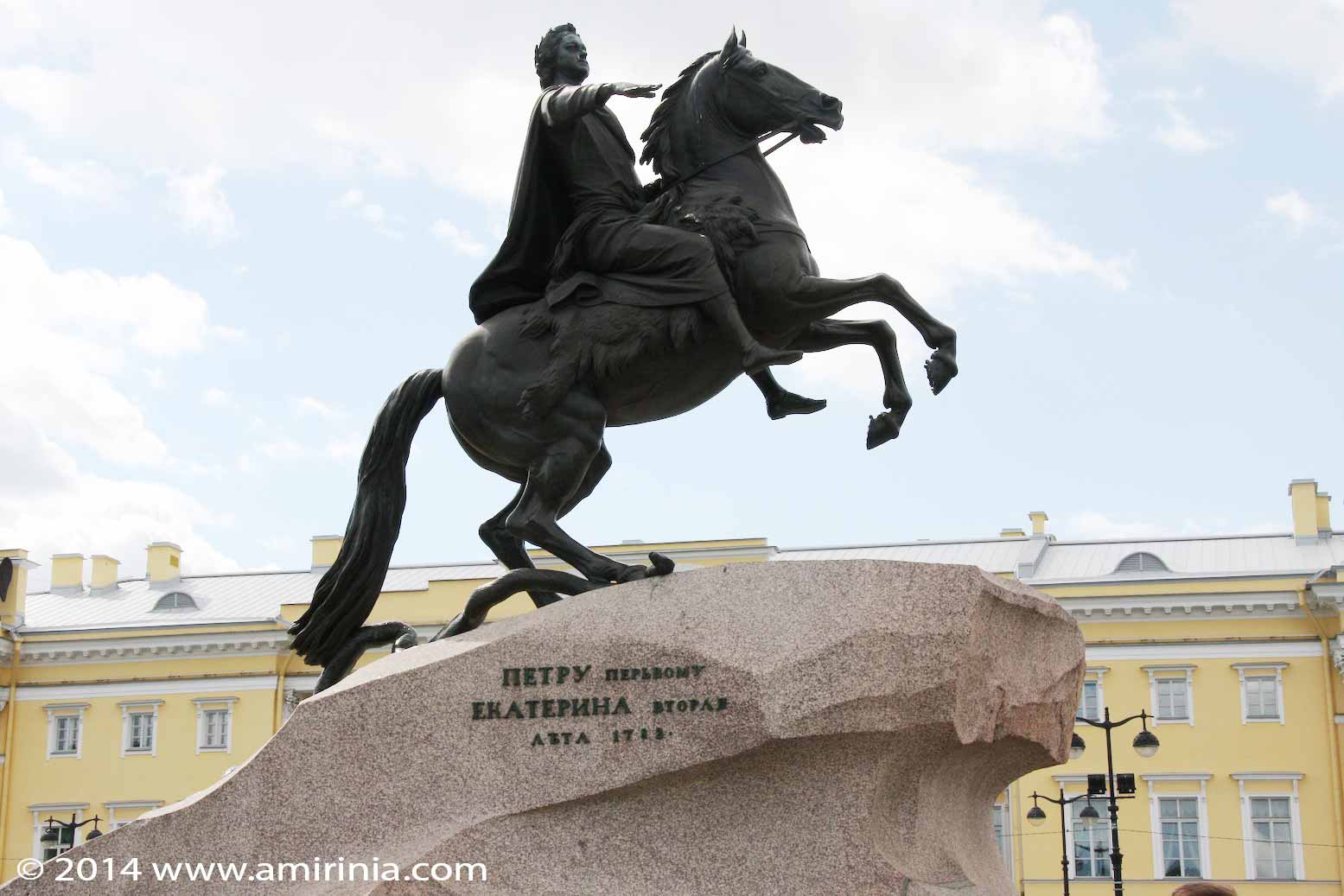
Peter The Great
Saint Petersburg is truly a must-see, a work of art with many magnificent features, a Crown Jewel of Europe and a cosmopolitan city that embraces Christians, Muslims and Jews.
For information about visas please visit www.projectvisa.com
You may also like to read
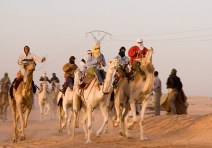
ALGERIA
A Tour-smart overview of this country of contrasts.

CAMBODIA
Tour-smart involves you in the excitment that is Cambodia. An unusual holiday destination that is hot and steamy but rewarding.

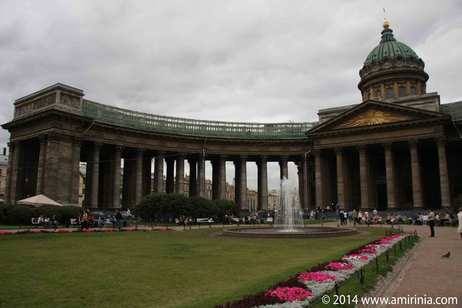
Comments